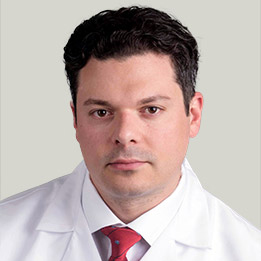Common Misconceptions About Phase I Orthodontic Treatment


My child’s dentist recommended that we see an orthodontist. But my daughter is only 8 – isn’t that way too young for braces?
Sincerely,
Kelly P.

The American Association of Orthodontists recommends that children have their first consultation with an orthodontist at the age of seven. So, your dentist is correct that you should schedule a visit with an orthodontist for your daughter. But, visiting an orthodontist doesn’t mean your child will be put in braces right away.Seven is an ideal time for patients to visit our office for the first time because at this age, they will have a mix of both permanent and baby teeth, and we can start to get a more clear picture of what their smile will look like. We can begin to see if there are any issues with the bite, the way the permanent teeth are erupting, or in the growth of the jaw.For some patients, two phase orthodontic treatment is ideal to ensure the best smile at the end of treatment. Phase I treatment is for younger patients, like your daughter, whose permanent have yet to erupt. The goal of Phase I treatment is to help ensure Phase II treatment can be as effective and efficient as possible.If your dentist is recommending an orthodontic visit, he may suspect there is an issue that a certified orthodontist may be able to help. A first consultation will be free, and will explain if, and when, treatment may be needed.
Sincerely,
Dr. S.
I took my son for a consultation with an orthodontist, and now the orthodontist is recommending Phase I treatment. My son is only nine, so does that mean he’ll be in braces for years to come?
Sincerely,
David R.

Phase I orthodontic treatment is also referred to as early treatment, and typically begins when a patient is eight or nine. It doesn’t mean a child will be in braces, though, but it does mean the orthodontist is going to ensure that when braces are placed, the treatment will be as effective as possible.Our primary goal during this early Phase I treatment is to ensure there is adequate room in the mouth for all of the permanent teeth, and guide the growth of the jaw to improve the bite.If your child has any of the following, it is a good indication that your orthodontist might recommend early treatment:
- baby teeth were lost very early
- issues with chewing or biting properly
- extended thumbsucking or pacifier use
- crossbite
- crowded teeth at an early age
- teeth that protrude
Not all children will be candidates for early treatment, but for the patients where it is indicated, it can make the braces wearing phase much more efficient, and quicker.
We want to maximize the opportunity we have to provide children with healthy, functional and stable bites that will last a lifetime. To accomplish this as easily as possible, early treatment is sometimes needed to ensure we can guide the growth of the jaw or correct negative habits before they become much more complicated to treat.
Two phase orthodontic treatment affords us the opportunity to be able to be the most effective, while providing the most non-invasive and effective options. The ideal candidates for two phase treatment benefit greatly from early treatment, and when phase 2, or the braces-wearing phase, begins, treatment will go by in no time.
Sincerely,
Dr. S.


